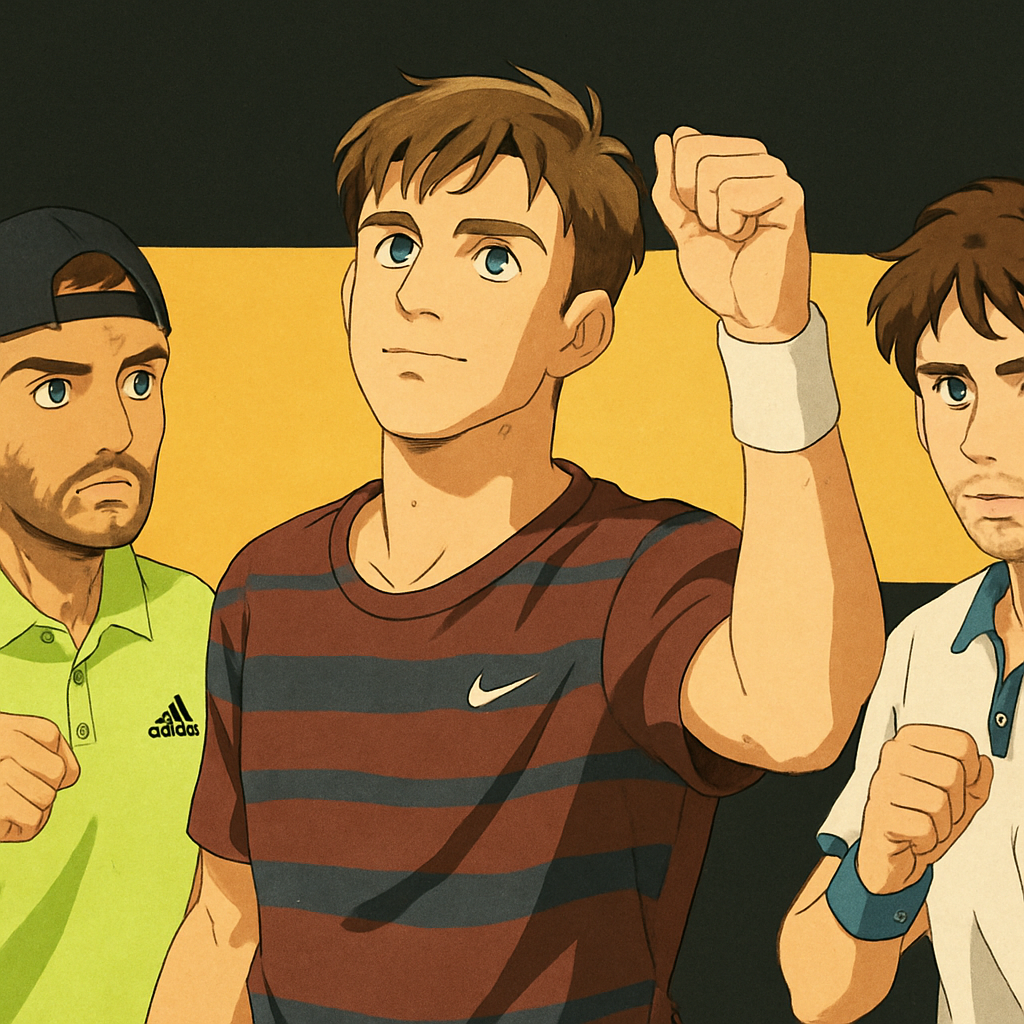PARIS — For the first time in nearly six decades, three British men have advanced to the third round of the French Open singles. This rare achievement—featuring Jack Draper, Cameron Norrie, and Dan Evans—marks a significant shift in British men's performance on clay. But what has changed? Is this a fleeting moment or a sign of deeper progress in British tennis?
A Historic Drought on Clay
British men have long struggled on clay courts. The surface’s slower pace and higher bounce traditionally favored baseline grinders over the serve-and-volley style historically associated with British players. Before this year, the last time three British men reached the third round at Roland Garros was in 1968, the dawn of the Open Era. "Clay has always been our Achilles' heel," admits former British No. 1 Tim Henman.
The recent success, however, suggests a shift. Draper, Norrie, and Evans each showcased adaptability, with Draper’s powerful lefty game, Norrie’s relentless consistency, and Evans’ improved movement and tactical variety. "They’re not just surviving on clay—they’re competing," observes BBC tennis correspondent Russell Fuller.
What’s Changed?
1. Increased Clay-Court Exposure
Unlike previous generations, today’s British players are spending more time on clay during their development. The LTA (Lawn Tennis Association) has invested in clay courts at the National Tennis Centre and regional academies. "We’ve made a conscious effort to get our players comfortable on all surfaces early," says LTA performance director Simon Timson.
- Junior tournaments now include more European clay events.
- Training blocks in Spain and France are common.
- Coaches emphasize sliding and point construction.
2. Fitness and Adaptability
Modern British players are fitter and more versatile. Evans, once a grass-court specialist, has refined his clay game through relentless practice. "You have to embrace the grind," Evans said after his second-round win. Norrie, raised in New Zealand and college-trained in the U.S., brings a unique hybrid style.
3. Mental Resilience
Past British players often seemed defeated before stepping on clay. The current cohort, however, approaches the surface with confidence. "They believe they belong," notes former French Open champion Mats Wilander.
Quotes from the Players
"Clay used to feel foreign, but now it’s just another challenge," said Draper after his straight-sets victory. Norrie added, "I’ve put in the hours on dirt, and it’s paying off."
Is This Sustainable?
While this year’s breakthrough is promising, consistency remains the test. British men have had sporadic clay successes—Andy Murray reached the Roland Garros final in 2016—but maintaining momentum is key. The LTA’s focus on long-term development, rather than quick fixes, offers hope. "This isn’t luck," insists Timson. "It’s the result of systemic change."
Conclusion
The progress of Draper, Norrie, and Evans at this year’s French Open signals a potential turning point for British men’s tennis on clay. Increased exposure, improved fitness, and a shift in mentality have all contributed. Whether this becomes a lasting trend depends on continued investment and commitment. For now, though, British fans have reason to celebrate. "We’re finally making strides where it mattered least," quips Henman.

